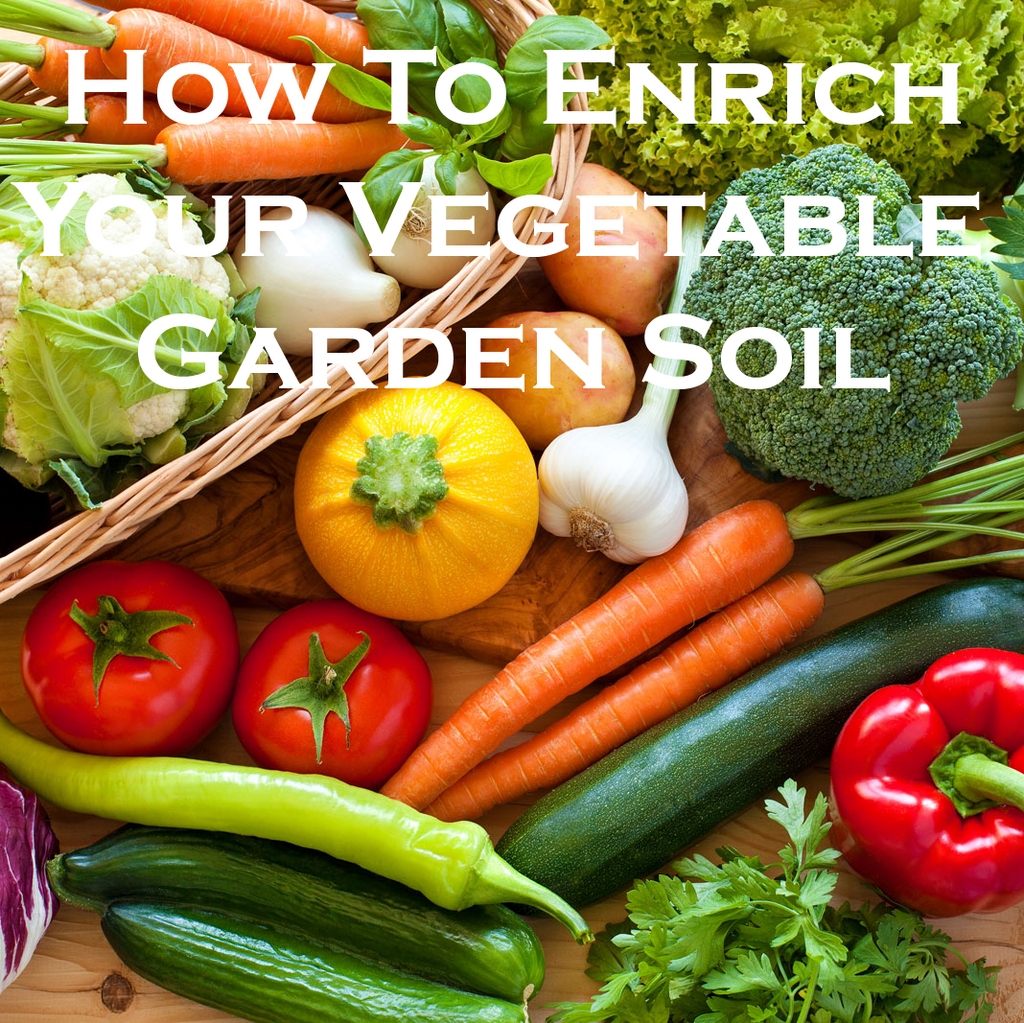Revitalizing Vegetable Garden Soil
Posted by Sunset Garden Experts on
REVITALIZING VEGETABLE GARDEN SOIL
My Vegetable Garden Has Been There For Years. What Can I Do To Revitalize The Soil?
Many very old gardens continue to produce excellent vegetable and flower produce. This is achieved by regularly replacing the nutrients in the soil. Soil nutrient level can be maintained in a number of ways.
One of the most effective ways of insuring that garden soil does not wear out or get depleted of nutrients is to return organic matter regularly to the soil. Of course, composting all of the plant material from your garden is one way to ensure that nutrients are returned to the soil. Composting of gardening waste is easy and cheap. Make sure to place a good 3-4" of leaves in fall on your garden and cover them with soil to help them break down. (if you are going to take the trouble to rake them up you may as well use them for something!) As an alternative to that, any sources of organic material such as composted manure, mushroom compost or prepared garden soils will work well.
An excellent way to restore heavier clay type soils is to add peat moss. Add to the peat moss an ingredient called perlite that will remain for many years and ensure that the soil does not get to heavy or too compacted. For sandier soils a mixture of peat moss and compost will ensure that moisture retention is maintained so that sandy soils don’t dry out as fast. 3 way mix or black earth are great soils to add to your garden to help enrich the soil.
Finally, regular fertilizing with a balanced plant food such as 8-12-6 for flower and vegetable gardens should be used. This fertilizer will provide sufficient Nitrogen, Phosphorous, and Potash in the right balance to encourage healthy plants with lots of fruits and vegetables. Organic sources of Nitrogen and Phosphorous include blood meal and bone meal, respectively. Add fertilizers and other soil amendments to the soil in early spring to your garden at the time the soil is being prepared for planting.
Just one caution for gardeners with heavy clay soil, do not work the soil to early. Lighter soils can be cultivated as soon as it is thawed out. Clay soils need to dry out a little bit so that they do not become heavily compacted.

